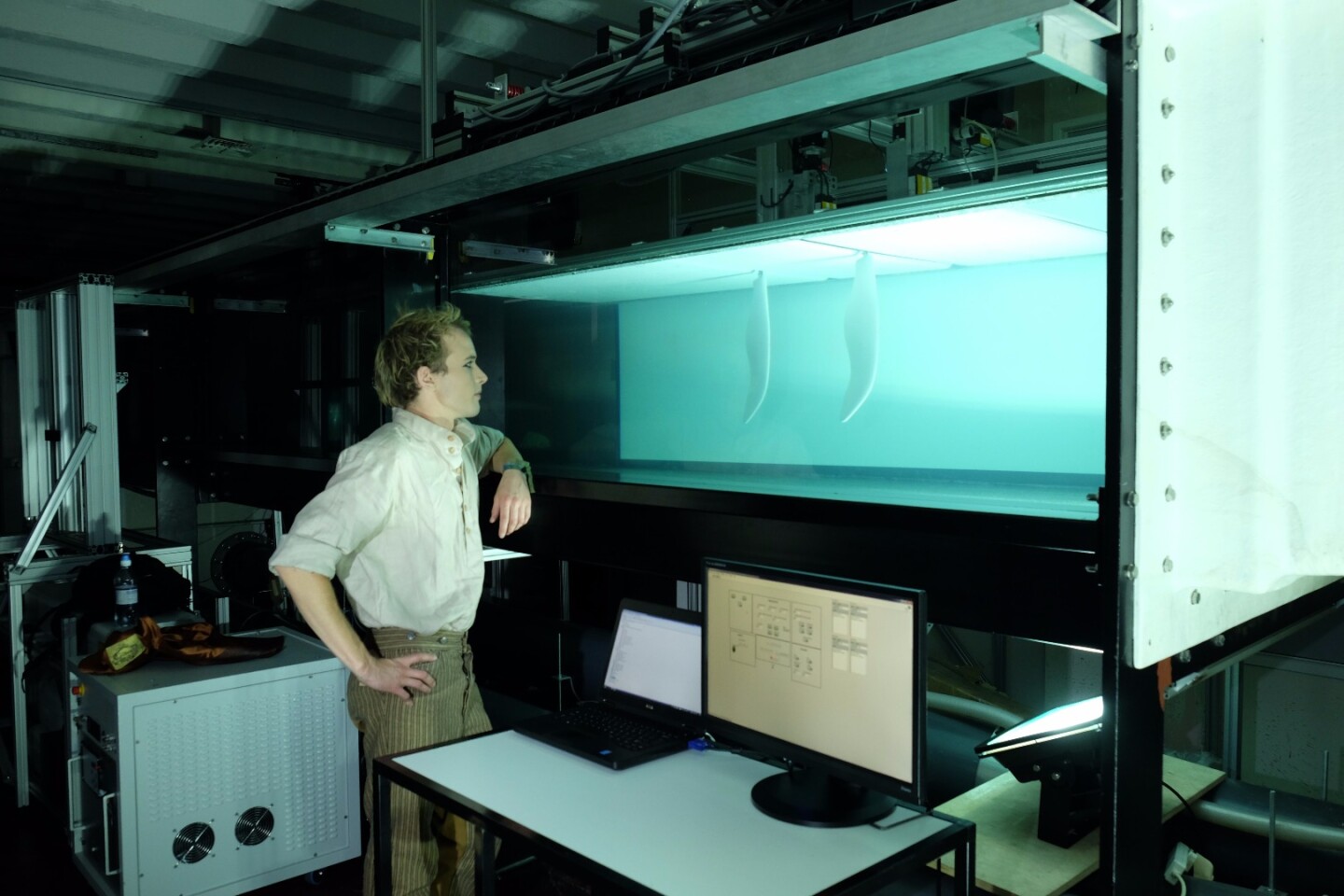It's probably safe to say that when most people think of prehistoric marine reptiles, they think of plesiosaurs. Although the beasts' most distinctive feature was their long necks, there's been some debate regarding how they used their four flippers. Now, scientists from the University of Southampton believe they have the answer, based on water tank experiments conducted with robotized models.
One of the unique things about the plesiosaur's flippers is the fact that they were all nearly identical. By contrast, if you look at modern four-flippered animals such as sea turtles or sea lions, their front and rear flippers are noticeably different – that's because the ones in front are used for thrust, while the back ones are used for steering.
So, did the plesiosaur utilize a similar setup, or did all four of its flippers provide thrust?
Working with colleagues at the University of Bristol, the Southampton team first studied fossils of plesiosaur flippers, then proceeded to create 3D-printed models based on them. Those models were subsequently attached to a robotic mechanism, that could move them through a water tank in various movement-pattern combinations.

What the scientists discovered was that swirling movements in the water created by the front flipper caused increases in thrust and efficiency by the rear flipper. More specifically, there was a 60 percent increase in thrust, and a 40 percent improvement in efficiency.
"The results were amazing and indicate why plesiosaurs were such a successful species, retaining four flippers for more than 100 million years," says lead researcher Luke Muscutt, a Southampton PhD student in Engineering and the Environment. "Our observations of tandem flipper systems such as the plesiosaur's might also eventually have a real-world application – as a propulsion system for undersea vehicles, for instance, that could help make them more manoeuvrable, efficient and quieter."
A paper on the research was published this week in the journal Proceedings of the Royal Society B. There's more information in the video below.
Source: University of Southampton






